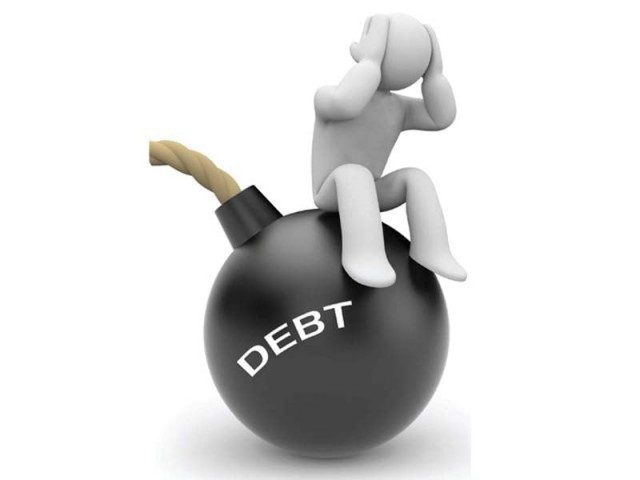Trade tariffs: Our strategically wrong moves
As countries move towards liberalisation, Pakistan looks to protect domestic industry

As countries move towards liberalisation, Pakistan looks to protect domestic industry. CREATIVE COMMONS
Pakistan’s trade policy has generally followed the path of liberalisation since 1990, but relative to other fast developing countries, the process has been slow and has swung back and forth between import substitution and trade liberalisation.
Pakistan wants zero tariff on 70% items
In early 90s, a major liberalisation programme was introduced by the then and now ruling party PML-N, focusing on reducing government intervention and promoting trade by bringing down tariffs and quantitative restrictions. According to a recent study on trade liberalisation, despite some slowdown in 1998 following sanctions due to nuclear detonations, the reform process picked up pace during 2001 and 2002.
As a result of decade-long reforms, overall average tariff rates were reduced from 47.1% in 1997-98 to 17.3% in 2002-03. These tariff reforms transformed Pakistan into the least protected market in the South Asian region, whose openness ratio rose from 25% in 1999-00 to almost 30% in 2004-05, and for the first time export growth rates reached double digit in 2004-06.
However, from 2008 onwards, Pakistan has started to become a relatively protected economy. New import substitution policies were introduced. The aim of trade policy shifted back to providing extra protection to local industry and local producers. In 2008, maximum tariff was raised back to 35% from 25% in 2002.
The impact of Pakistan’s trade policy is reflected in its stagnant performance and slight decrease in trade-to-GDP ratio. In contrast, peer countries have performed well with higher growth rates and improved trade performance in the same years.
In 1998-00, Pakistan’s trade-to-GDP ratio was barely lower than that of China and significantly higher than India. After ten years, trade-to-GDP ratio of both China and India almost doubled while that of Pakistan remained stagnant.
Where the other countries realised that high tariffs discourage trade and create significant barriers, it is most often used as tool for Pakistani policymakers for revenue generation and protecting domestic industries.
For most countries, tariff reduction process brought down average tariffs from 40% to less than 5%. This in turn resulted in higher trade and a better standard of living. In addition, countries such as India, South Korea, Turkey, Chile, Vietnam etc. continue the process of tariff reforms through multilateral, regional and unilateral polices and enjoy significantly higher trade growth than Pakistan.

Policymakers in Pakistan strongly believe that the county is a liberalised and forward-looking country in terms of its trade policy and will achieve a tremendous jump in exports in coming years.
However, when one looks at the trade figures and compare them with rest of the world, one wonders which trade books these policymakers are looking at.
What wand do they wield?
The answer does not lie in finding that magic wand but in Pakistan’s own history. Pakistan needs to re-discover its unilateral liberalisation policies of 90s. We do not need a vague Strategic Trade Policy Frameworks but a concrete, crisp, integrated and forward-looking commitment that will continue tariff reforms, end special concessions and restrictions culture of SROs, and reduce import restrictions.
Forbes report: ‘Pakistan a potential global turnaround story’
The regionalism in trade policy brings reciprocity in decision making whereas a unilateral approach adopted on a basis of sound domestic tariff and exchange rate reforms liberates the policy process. In other words, Pakistan should liberalise its imports not when its trading partners do so but for the sake of its own economic growth. The rigid stagnancy in our exports level can only be broken by opening up the borders not by closing them further.
Ali Salman is Executive Director and Sara Javed is Associate Director at PRIME Institute – an independent think tank based in Islamabad
Published in The Express Tribune, December 14th, 2015.
Like Business on Facebook, follow @TribuneBiz on Twitter to stay informed and join in the conversation.


















COMMENTS
Comments are moderated and generally will be posted if they are on-topic and not abusive.
For more information, please see our Comments FAQ